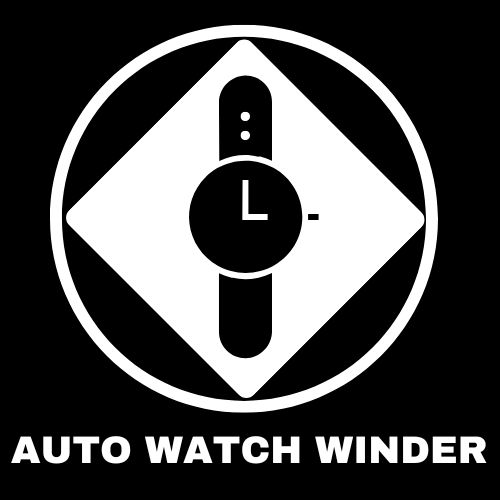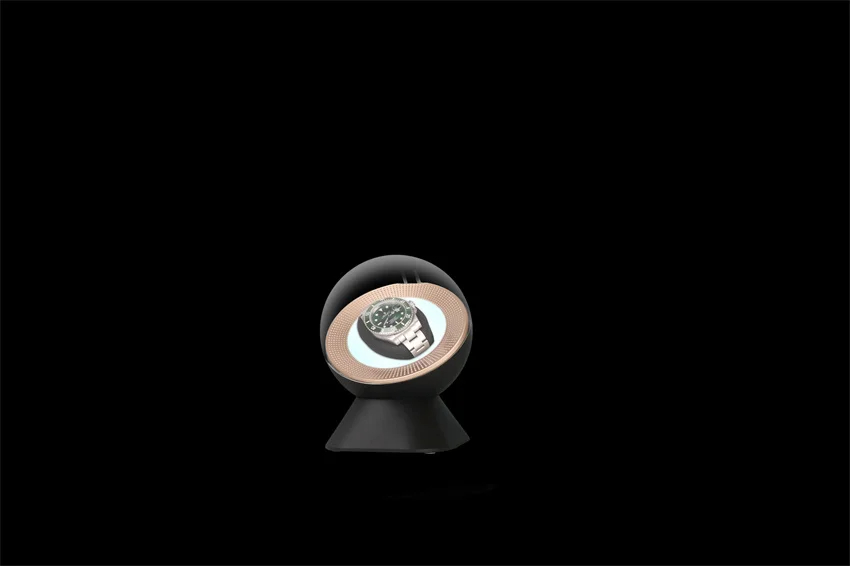Blog
AUTO Watch Winder Power Options: Battery vs AC vs Hybrid
Exploring Power Options for Watch Winders: Battery, AC, and Hybrid
When it comes to maintaining the precision of automatic watches, a watch winder is an essential accessory. However, choosing the right power source for your watch winder can significantly impact its performance and convenience. In this article,we will delve into the advantages and disadvantages of three primary power options: battery-operated,AC-powered,and hybrid winders.
Battery-Powered Watch Winders
Advantages
Battery-powered watch winders offer remarkable portability. They are ideal for individuals who travel frequently or prefer to place their winders in various locations without being tethered to an electrical outlet. Additionally, these models often operate quietly since they lack moving parts associated with customary power sources.
Disadvantages
On the downside, battery life can be a concern. Depending on usage patterns and the number of watches being wound simultaneously,batteries may need frequent replacement or recharging. This could lead to interruptions in winding cycles if not monitored closely.
Runtime Expectations & Safety
Typically, high-quality battery-operated winders can run continuously for several months on a single set of batteries; however, runtime varies based on motor efficiency and settings used. Safety is generally not an issue with these devices as long as users adhere to manufacturer guidelines regarding battery maintenance.
AC-Powered Watch Winders
Advantages
AC-powered watch winders are known for their reliability and consistent performance over extended periods. They provide uninterrupted operation without concerns about battery depletion—ideal for collectors with multiple timepieces requiring regular winding.
Disadvantages
The main drawback is their dependence on electrical outlets which limits placement adaptability; they must be positioned near a power source unless extension cords are utilized. Additionally, some models may produce noise due to fan cooling systems or motor vibrations that could be disruptive in quiet environments.
Runtime expectations & Safety
These devices typically have no runtime limitations as long as they remain plugged in; however, its crucial to ensure that surge protectors are used to prevent damage from electrical fluctuations or outages.
Hybrid Watch Winders
Advantages
Hybrid watch winders combine both battery and AC functionalities offering unparalleled versatility. Users can enjoy the benefits of both worlds—using them plugged in at home while having the option to switch to batteries when traveling or relocating them within different spaces.
Disadvantages
While hybrid models provide flexibility in usage scenarios, they tend to come at a higher price point compared to standard options due primarily to their dual functionality features which might not appeal universally depending on individual needs.
Runtime Expectations & Safety
Runtime expectations vary widely based on how often users switch between modes; thus monitoring usage becomes essential for optimal performance across both power sources. As with other types of winders safety remains paramount—ensuring proper care during transitions between modes helps maintain device integrity over time.
Conclusion: Choosing Your Ideal Power Source
Ultimately selecting between battery-operated versus AC-powered versus hybrid watch winders hinges upon personal preferences regarding mobility versus stability along with considerations around budget constraints and specific use cases such as travel frequency or home setup requirements.
By understanding each option’s pros and cons alongside runtime expectations you’ll be better equipped when making this significant decision that ensures your cherished timepieces remain accurately wound regardless of where life takes you!

